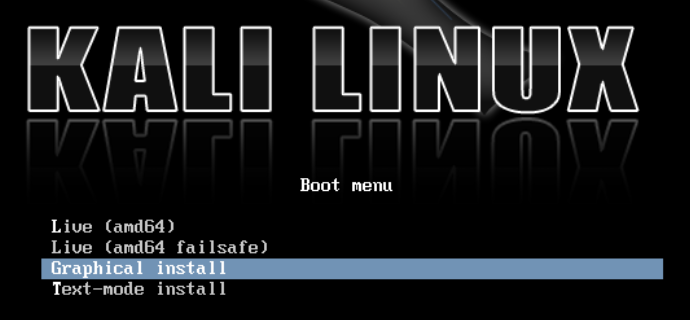

We will first create a primary partition and install Kali Linux Live on it. My computer has two hard drives (dev/hda and dev/hdb), therefore, my USB drive is labeled as “dev/hdc”. In Ubuntu, your hard drives and USB drives will be labeled as “dev/hdx”, where “x” can be “a”, “b”, “c”, and so on, with hard drives being listed first, followed by your USB drives. It usually is labeled as dev/sdb or dev/sdc. Choose your USB drive from the drop-down list in GParted. Make sure the USB drive is inserted into your computer and then run GParted in Ubuntu.

In Ubuntu, you can run the following commands in your terminal window to install GParted: sudo apt update If for some reason the tool is not in your distribution, you can easily install it. The tool we are going to use to create partitions in Ubuntu is called GParted, which is free and available to almost all major Linux distributions. We need to create two partitions in the USB drive: one for the installation of Kali Linux and the other for storing persistent data. Prepare the USB driveīefore we can install Kali Linux on the USB drive, we first need to prepare it in a particular way.


 0 kommentar(er)
0 kommentar(er)
